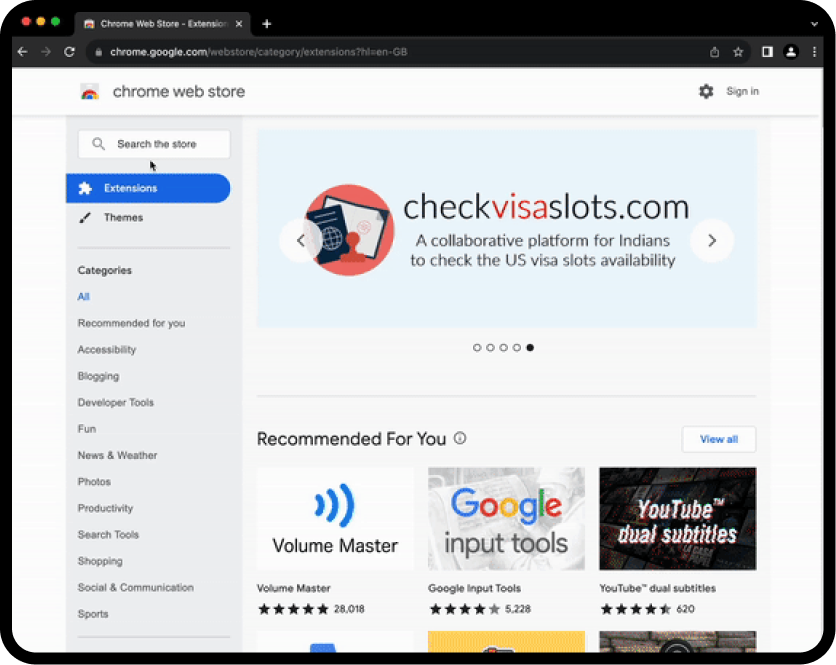Coordinate Converter for QGIS
A precise coordinate transformation tool to convert between coordinate reference systems for GIS workflows, suitable for surveyors, mappers, and geospatial analysts.

Check It Yourself
About This Tool
The Coordinate Converter for QGIS is a domain-focused tool designed to transform point coordinates between coordinate reference systems (CRS) to support interoperable GIS data. It accepts source CRS identifiers (EPSG codes or PROJ/WKT strings), a target CRS, and coordinate inputs, and returns coordinates in the destination system. This enables accurate data exchange, QA checks, and ready export for analysis, mapping, and cataloging.
Under the hood, the tool uses a PROJ-based transformation engine that adheres to EPSG registry conventions. It handles 2D and 3D coordinates, respects axis-order expectations, and applies necessary datum shifts when defined. Users may supply a single coordinate pair or a batch of pairs; the engine computes precise results and reports them in the target CRS units.
Who benefits includes geospatial analysts, surveyors, urban planners, and data engineers integrating GIS layers into workflows. The tool reduces manual calculations, minimizes transcription errors, and accelerates data interoperability across project stages from field collection to GIS analysis. Common use cases include converting WGS84 data to local projected systems (UTM zones), aligning legacy datasets, and preparing coordinates for asset inventories or environmental modelling.
Unique value lies in its standards-based approach, wide CRS support, and batch processing readiness. Core features include 2D/3D transformation, EPSG and PROJ string inputs, configurable output precision, and clear numeric results for downstream pipelines. By encapsulating CRS logic in a single, auditable module, the tool streamlines GIS data preparation for reliable mapping, reporting, and regulatory compliance.
How to Use
1) Provide inputs: specify source_crs (EPSG code or PROJ string) and target_crs. 2) Enter coordinates in source CRS (X, Y, optional Z). 3) Choose output precision and formatting. 4) Run transformation to compute target coordinates. 5) Review outputs in the target CRS and copy results as needed. 6) For batches, add multiple coordinate records and repeat.

FAQs/Additional Resources
Find Quick Answers
What CRS formats are supported?
How is accuracy ensured?
Can I transform batches?
What if a transformation path is undefined?
User Reviews
See What Others Are Saying
Explore Related Tools
More Solutions for Your Needs
QR Link Extractor
Decodes QR code images to reveal the embedded URL for developers, marketers, and content creators who need fast link extraction.
QRP to PDF Converter
Convert QRP documents to PDF with a fast, secure online tool suitable for developers, researchers, and professionals needing portable, sharable archives.
Your Feedback Matters
Help Us to Improve

 Norwegian
Norwegian
 Danish
Danish
 German
German
 English
English
 Spanish
Spanish
 French
French
 Italian
Italian
 Dutch
Dutch
 Portuguese
Portuguese
 Swedish
Swedish
 Hebrew
Hebrew
 Arabic
Arabic









